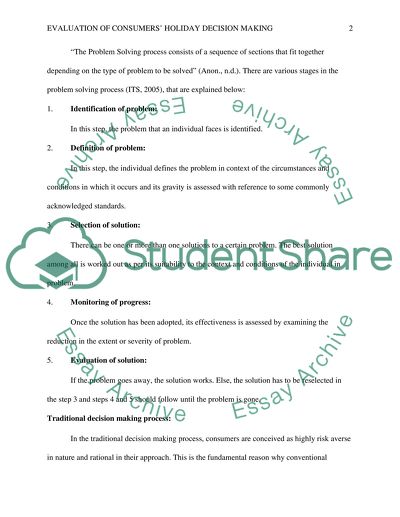Cite this document
(“Brand Loyalty Case Study Example | Topics and Well Written Essays - 2500 words”, n.d.)
Retrieved from https://studentshare.org/geography/1406556-brand-loyalty
Retrieved from https://studentshare.org/geography/1406556-brand-loyalty
(Brand Loyalty Case Study Example | Topics and Well Written Essays - 2500 Words)
https://studentshare.org/geography/1406556-brand-loyalty.
https://studentshare.org/geography/1406556-brand-loyalty.
“Brand Loyalty Case Study Example | Topics and Well Written Essays - 2500 Words”, n.d. https://studentshare.org/geography/1406556-brand-loyalty.


